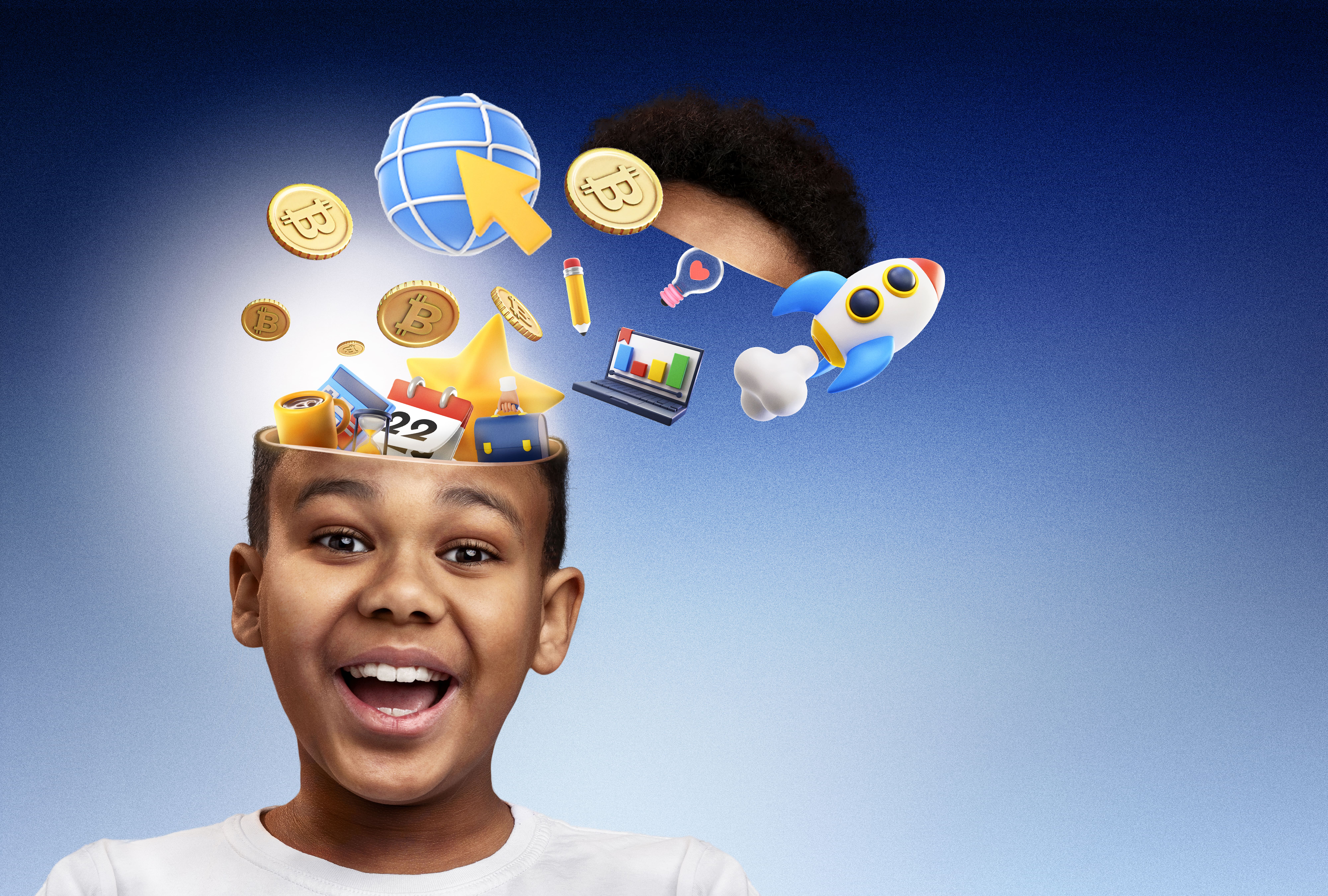info@sadi.co.ke
+254727368241
In today’s digital world, design is no longer just about visual appeal — it’s about how users feel and respond on a neurological level. This is where neuroaesthetics in design comes into play, combining brain science with digital creativity to craft interfaces that don’t just look good, but feel intuitively right.
What Is Neuroaesthetics in Design?
Neuroaesthetics explores how the human brain reacts to visual and sensory stimuli. When applied to digital interfaces, it means understanding why certain colors, shapes, or layouts evoke comfort, trust, or excitement. For example, soft rounded corners may reduce cognitive stress, while balanced spacing can improve focus and comprehension.
The Science of User Reactions
Our brains process design cues subconsciously within milliseconds. Designers who leverage neuroaesthetic principles can guide user behavior more effectively, making websites and apps not only more engaging but also more usable. This science-driven approach enhances navigation, builds emotional connections, and even boosts conversion rates by creating experiences that feel naturally rewarding.
Practical Applications in UX/UI
From calming color palettes that reduce anxiety in health apps to energizing visuals that encourage engagement in fitness platforms, neuroaesthetics provides a toolkit for tailoring design to user emotions. AI-powered design tools are even beginning to analyze brain-based responses, helping creators fine-tune interfaces for maximum impact.
The Future of Brain-Driven Design
As neuroscience and AI continue to evolve, we may see interfaces that adapt to users’ emotional states in real time. Imagine a productivity app that detects frustration and subtly adjusts its layout or a shopping platform that adapts its visuals to make users feel more confident in their choices.
 September 29, 2025 - BY Admin
September 29, 2025 - BY Admin